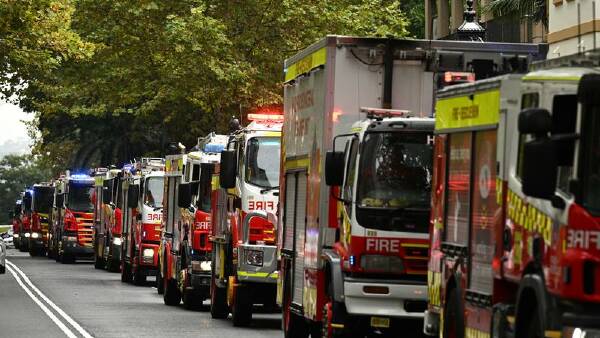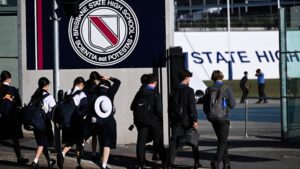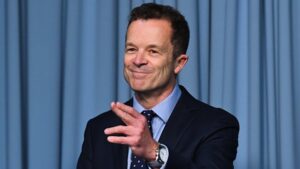
Thousands of firefighters in New South Wales will receive a significant pay increase of 14 percent over three years, following a ruling by the Industrial Relations Commission. This decision, which takes effect from February 2024, surpasses the 9 percent wage increase proposed by the Labor government, highlighting a shift in the commission’s stance on worker compensation during industrial disputes.
The ruling reflects the commission’s acknowledgment that the work of firefighters is often undervalued. “The work of firefighters is currently significantly undervalued, due to historic or intrinsic factors,” the commission stated. This decision has been welcomed by the Fire Brigade Employees’ Union, which views it as recognition of the expanded roles firefighters play, including search-and-rescue operations and responses to road accidents.
The union had initially sought a 17 percent increase, arguing that the state’s nearly 7,000 firefighters had faced wage suppression for over a decade under the previous coalition government. The newly approved pay deal also includes a one-off adjustment of 2 percent to address cost-of-living pressures, alongside an additional 3 percent increase reflecting the competency required for road crash rescue operations, deemed a “core function” by the commission.
Implications for Future Labor Relations
Industrial relations expert Fiona MacDonald expressed hope that this ruling would prompt state governments to reconsider their positions on pay increases for public sector workers. “If state governments genuinely consider pay claims, then unions won’t need to go to the commission,” said MacDonald, who serves as the acting director of the Australia Institute’s Centre for Future Work.
Despite this optimistic outlook, other analysts remain skeptical about a broader shift in government attitudes toward wage negotiations. According to John Buchanan, a professor at the University of Sydney, the concept of “capacity to pay” will likely continue to be a fundamental principle for governments when determining wages. “I anticipate the NSW government, no matter what colour, will continue to use this argument,” he noted.
The ongoing labor disputes are not limited to firefighters. Healthcare professionals, including doctors, nurses, and psychiatrists, are also pursuing higher wages and are engaged in arbitration at the commission. These unions have previously organized strikes, with psychiatrists threatening a mass exodus from their positions.
Buchanan pointed out that the previous coalition government’s cap of 2.5 percent on wages created significant distortions in the labor market. Damien Tudehope, the shadow treasurer and an architect of that cap, criticized the Labor government for yielding control over its budget. He claimed that the commission had “exercised its unshackled power” by dismissing the government’s fiscal arguments.
In contrast, Labor officials welcomed the commission’s decision as a means to provide wage certainty for firefighters and acknowledge their contributions in critical situations, such as road crash rescues. Industrial Relations Minister Sophie Cotsis stated, “We were elected on a mandate to fix the recruitment and retention crisis in essential services, and that is what we are doing.”
This ruling marks a pivotal moment in labor relations in New South Wales, setting a precedent that may influence negotiations for public sector wages across various fields. As these discussions unfold, the outcome could reshape the landscape of employee compensation in the state and beyond.






